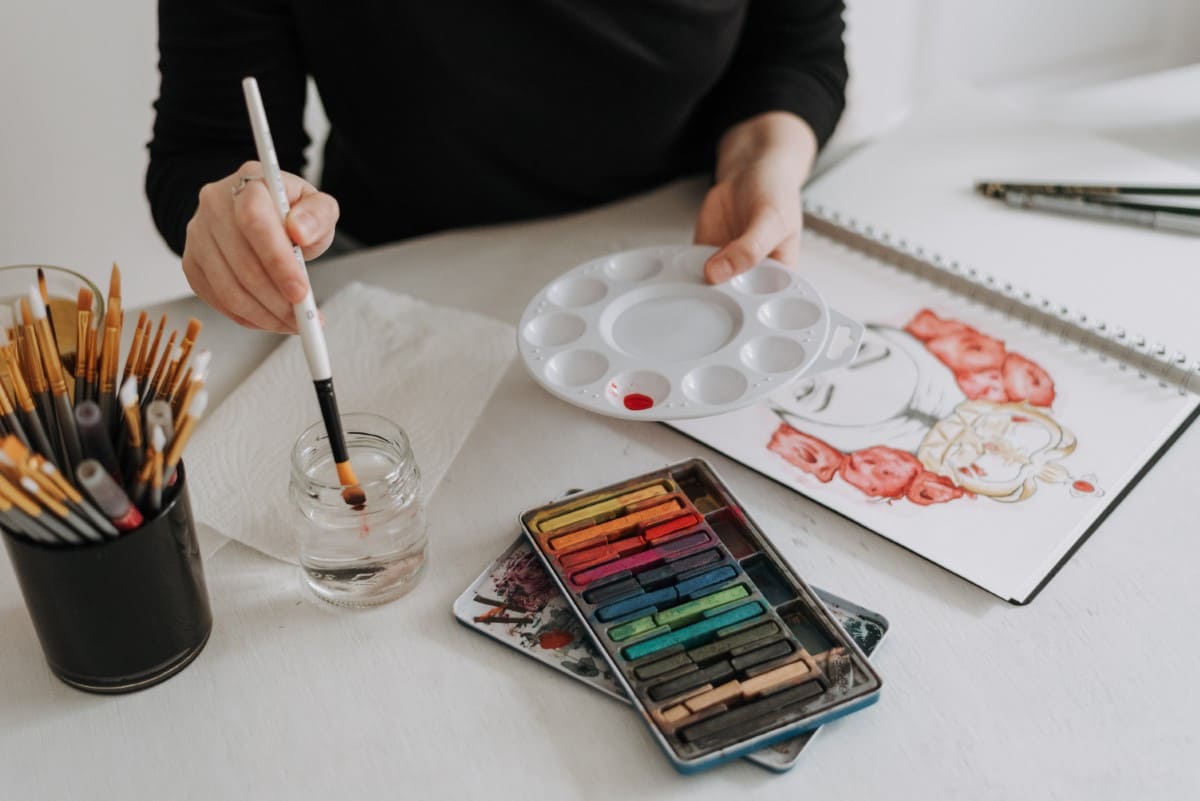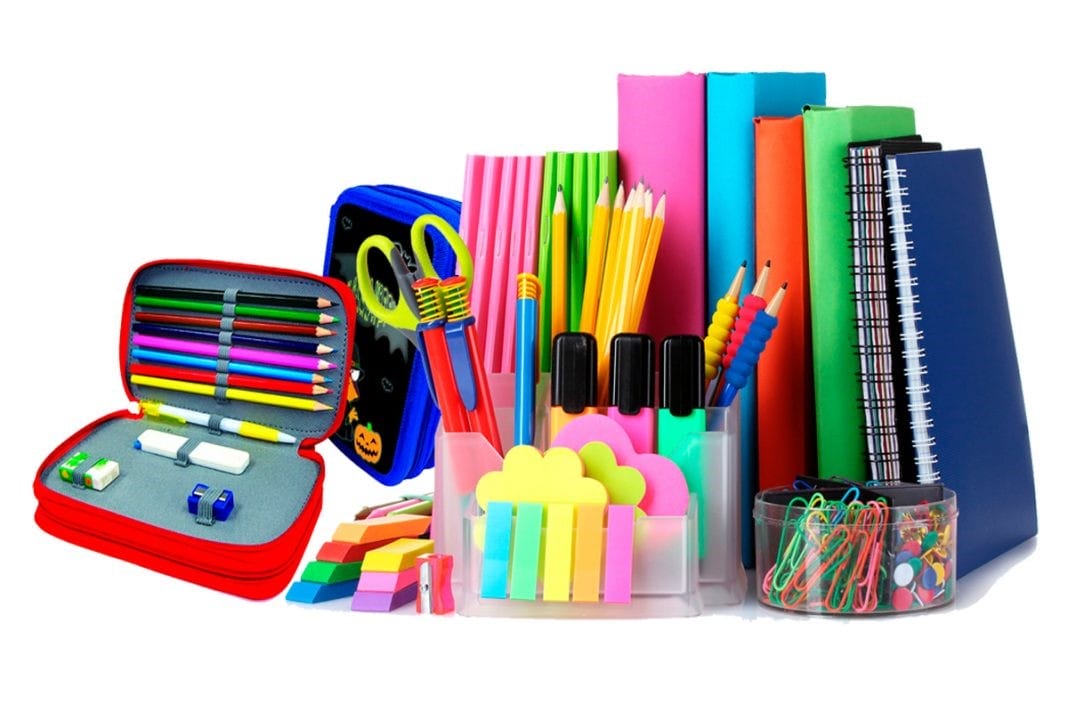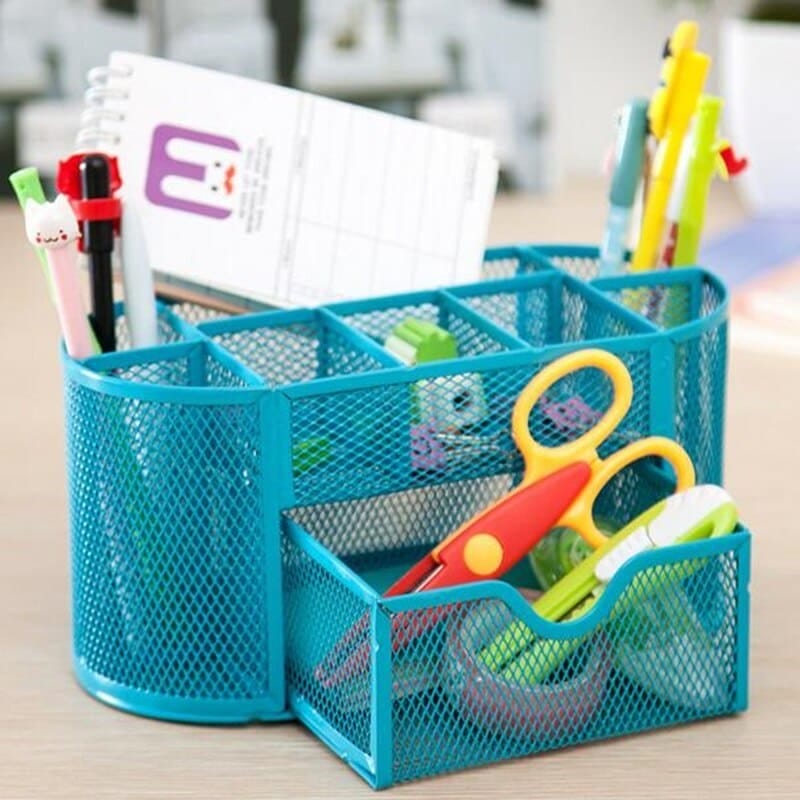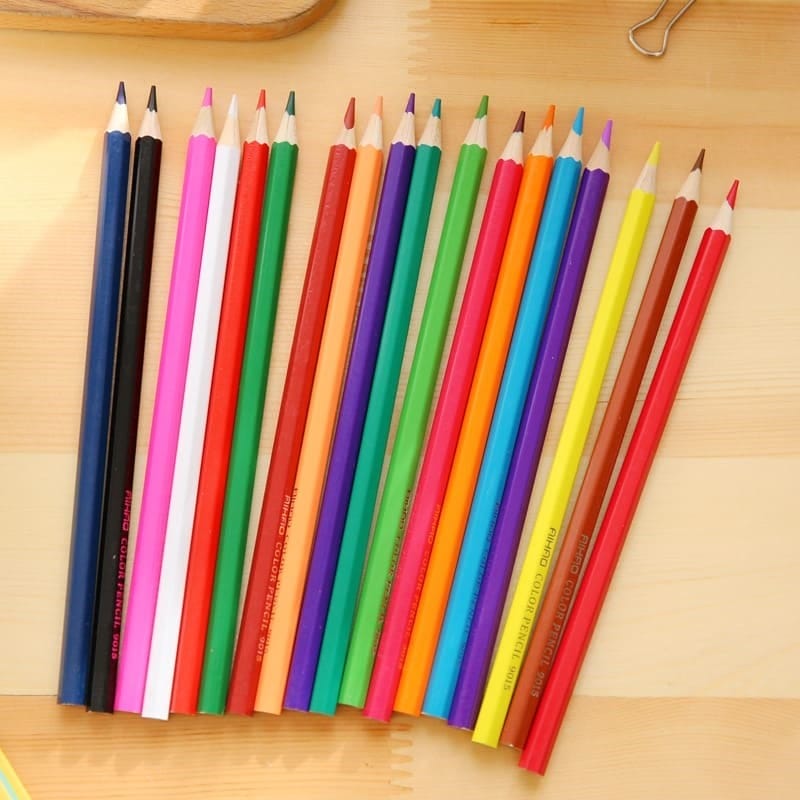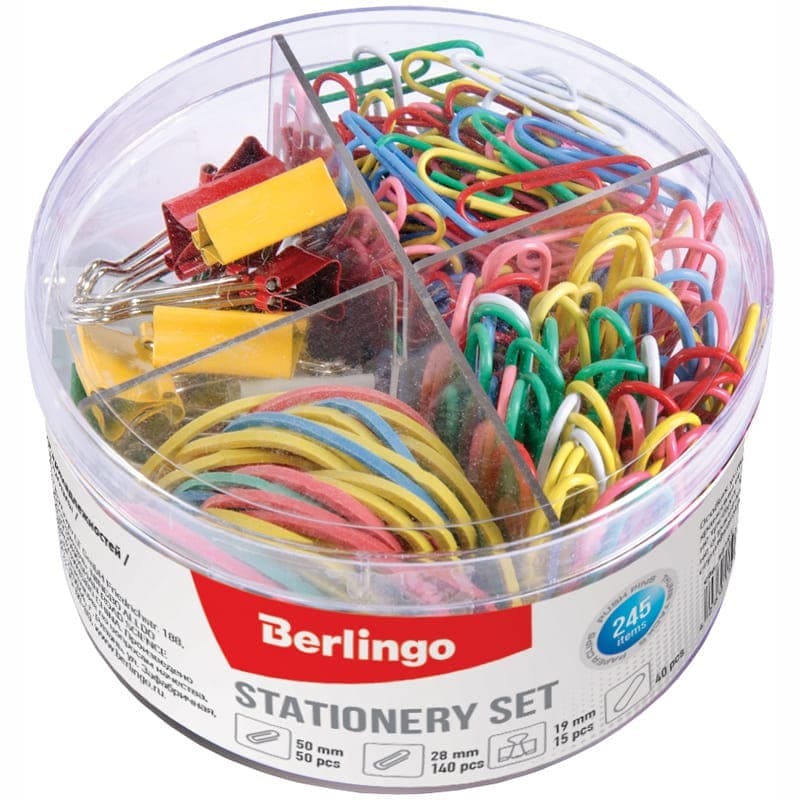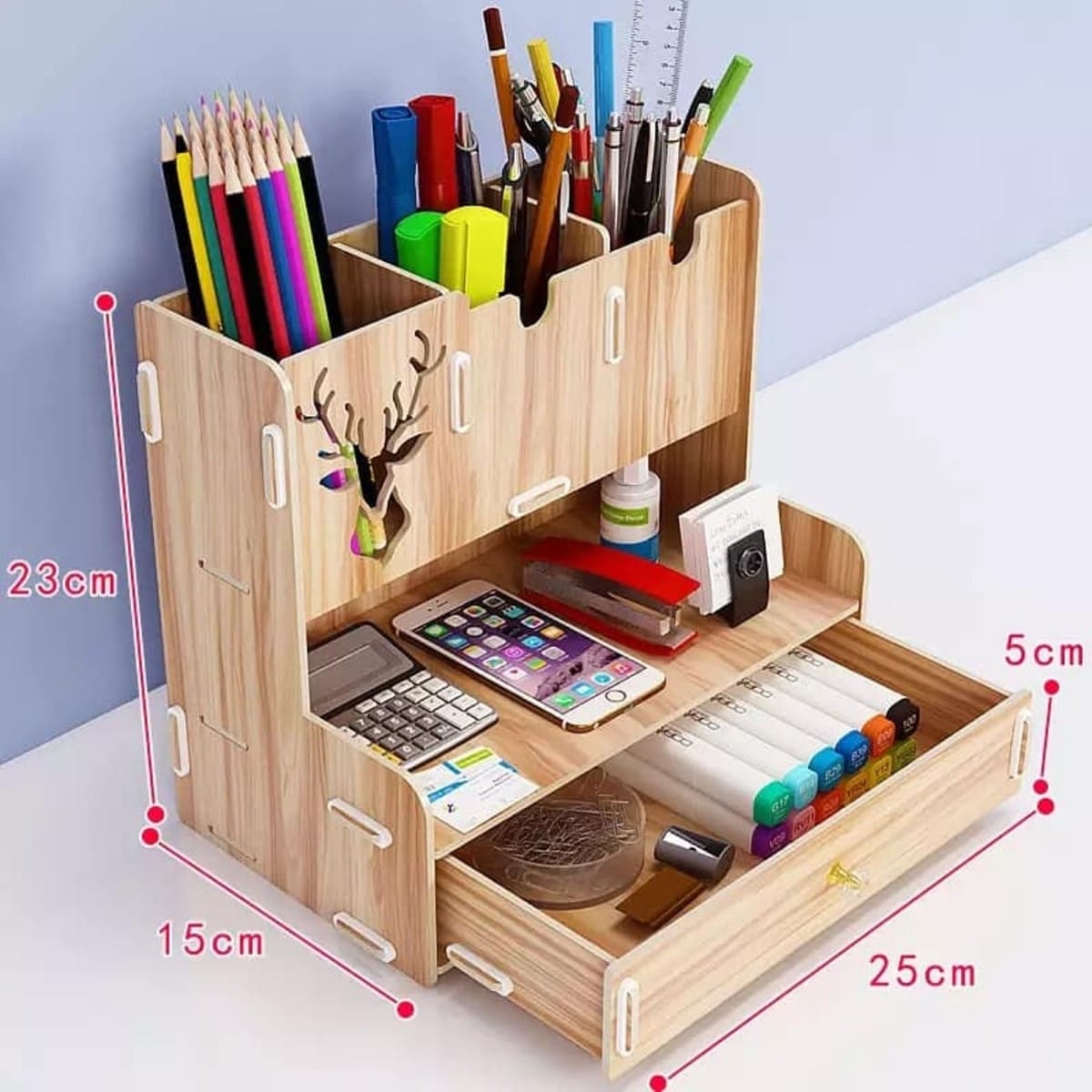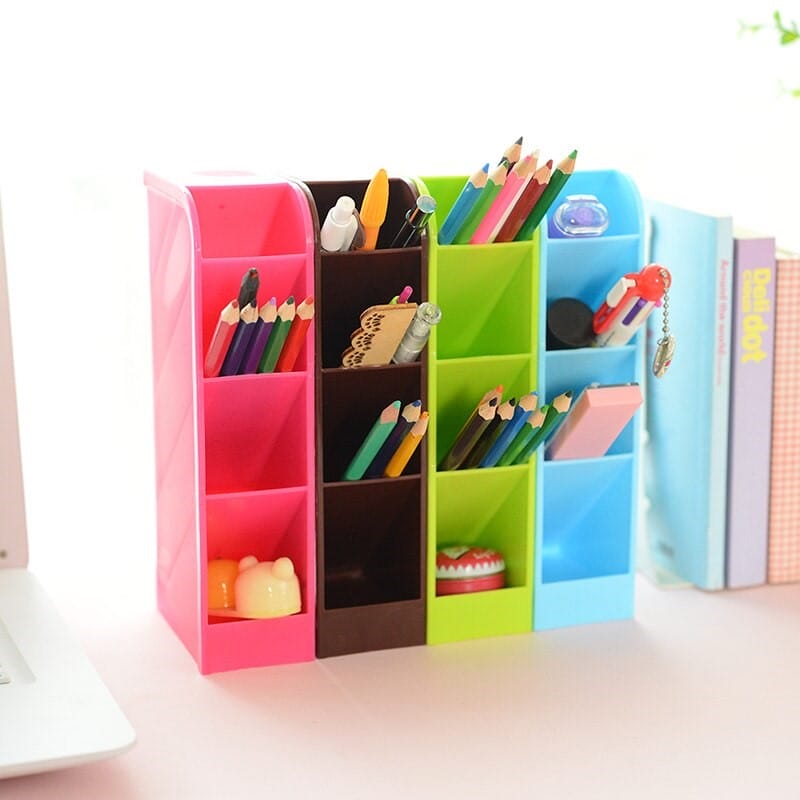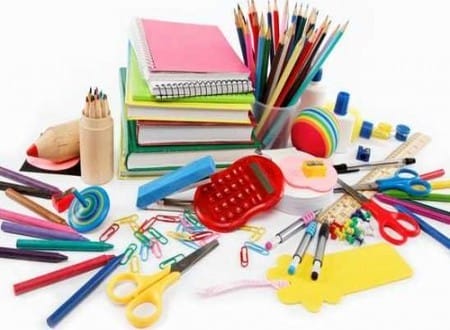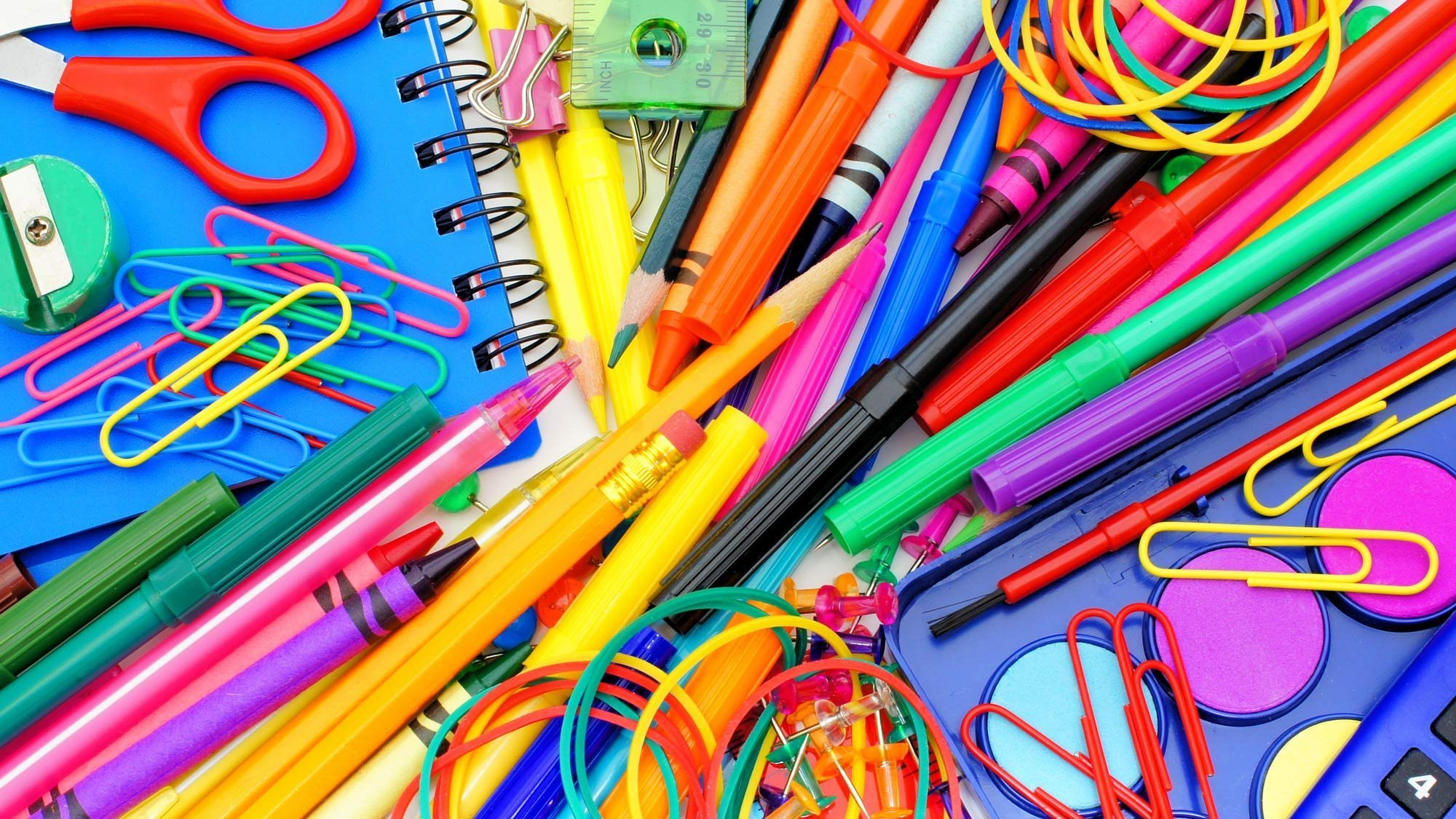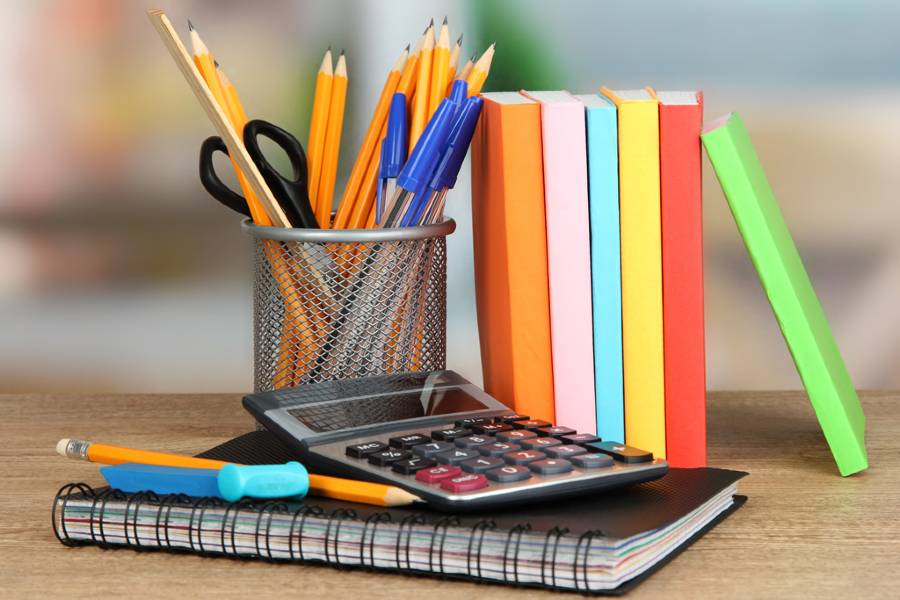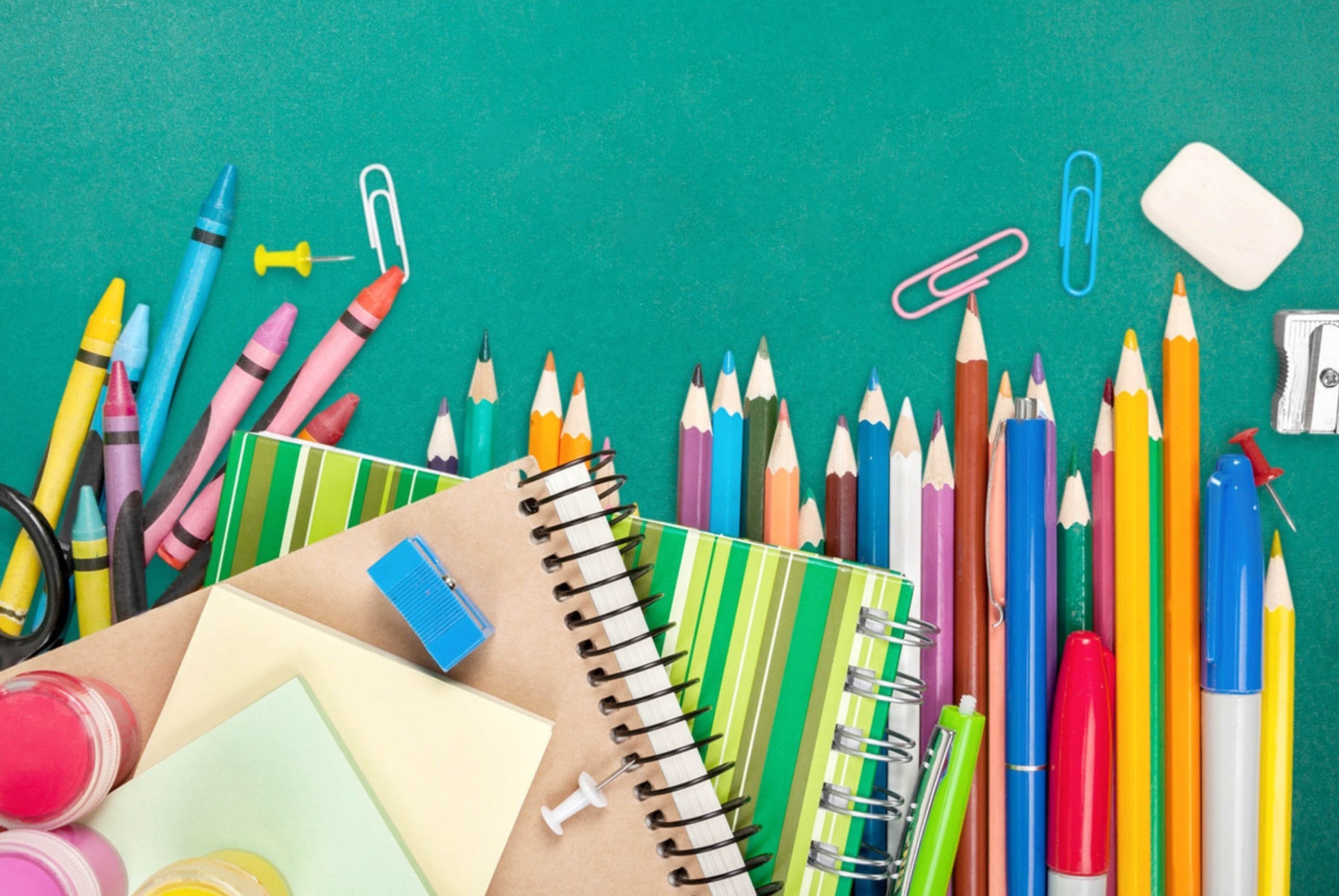Travel
The Art of Handwriting and Drawing: Cultivating Skills for Beautiful Script and Sketches
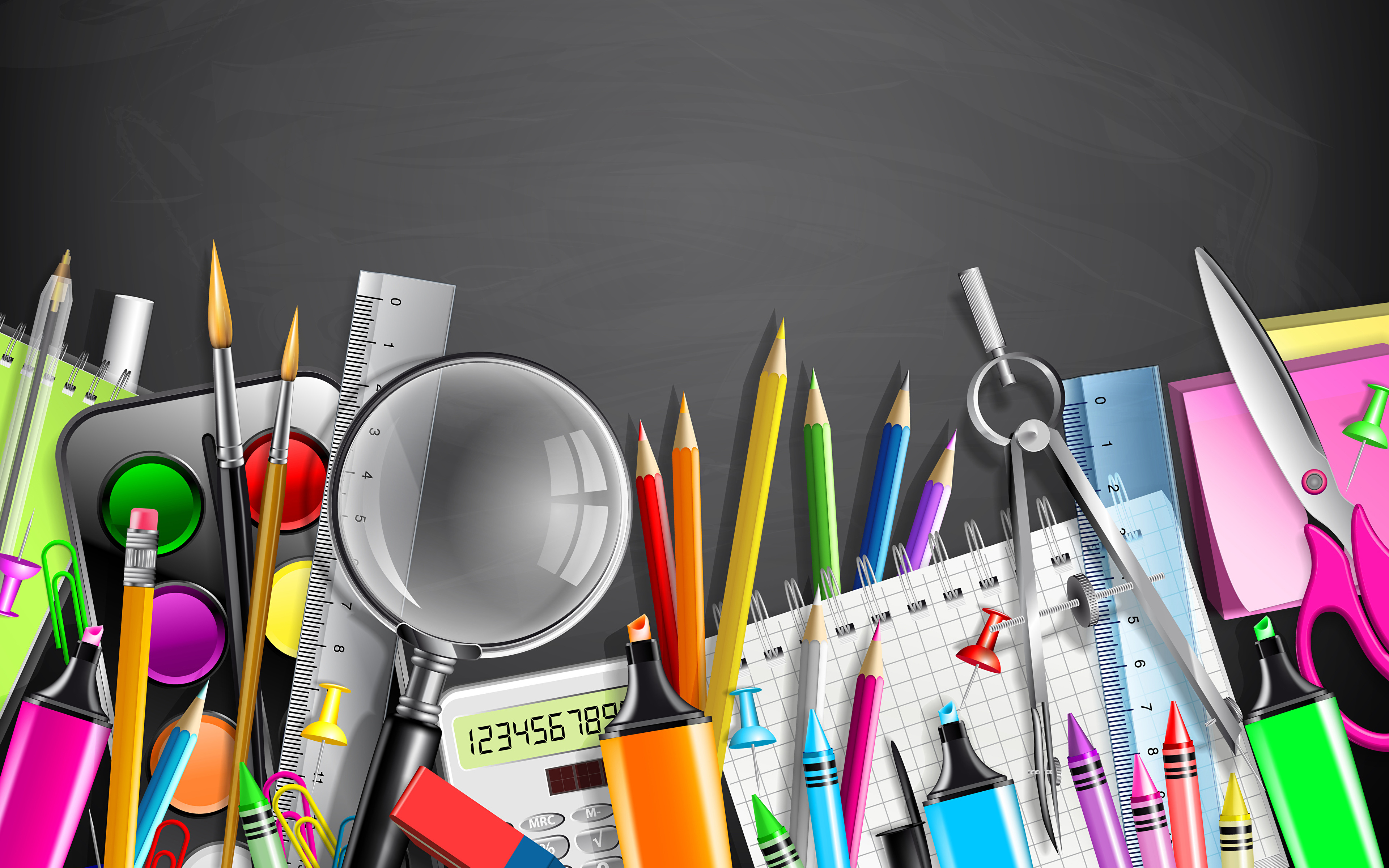
In an age dominated by digital communication, the traditional arts of handwriting and drawing retain a special charm and personal touch that machines cannot replicate. Mastering the art of handwriting not only enhances the aesthetic appeal of one's script but also promotes cognitive development and motor skills. Similarly, learning to draw with precision and creativity allows individuals to express themselves uniquely and vividly. This article offers insightful lessons and tips on improving handwriting skills, exploring different types of pens and brushes, and honing drawing techniques to elevate your artistic expression.
Enhancing Handwriting: Techniques for Better Script
Improving one's handwriting is a rewarding endeavor that requires practice and patience. Here are several techniques to help refine your handwriting skills:
Consistent Practice
Regular practice is key to developing muscle memory for smoother, more consistent handwriting. Setting aside a few minutes each day to write in a dedicated notebook can lead to significant improvements over time.
Proper Grip and Posture
A correct grip on the writing instrument and maintaining a good posture can significantly affect the quality of handwriting. The pen should rest comfortably in the hand without requiring excessive pressure, and sitting upright at a desk supports better hand movement.
Choose the Right Tools
Experiment with different types of writing instruments to find one that feels comfortable and suits your style. Whether it’s a fountain pen, ballpoint, or gel pen, each has unique properties that can influence how handwriting looks on paper.
Use Guidelines
Using lined or graph paper can help maintain letter size and spacing consistency. For beginners, practicing with traceable letters can also be beneficial.
Exploring Pens and Brushes: A Guide to Artistic Tools
The choice of pen or brush significantly impacts both handwriting and drawing outcomes. Here’s a brief overview of common types:
Fountain Pens
Known for their smooth ink flow, fountain pens are ideal for beautiful, fluid handwriting and fine drawing details. They require a light touch and consistent maintenance but offer a timeless experience.
Brush Pens
Brush pens come with a flexible tip that can create lines of varying thickness based on pressure. They are excellent for calligraphy and artistic sketches that require a dynamic, expressive line quality.
Technical Pens
Technical pens provide a very consistent line width, making them perfect for architectural drawings or jobs that require precision and fine detail.
Drawing Techniques: Foundations and Beyond
Drawing is a skill that develops with practice and exploration of different techniques. Here are some foundational techniques to enhance your drawing skills:
Basic Shapes and Lines
Start by mastering basic shapes and lines. These are the building blocks of all drawings, from simple sketches to complex compositions.
Shading Techniques
Shading adds depth and dimension to drawings. Techniques such as cross-hatching, stippling, and blending should be practiced to achieve various textures and shadows.
Perspective Drawing
Learning to draw in perspective is crucial for creating realistic images. Practice one-point and two-point perspective drawing to enhance the sense of depth in your sketches.
Experiment with Mediums
Don't limit yourself to pencil and paper. Try charcoal, pastels, or inks to explore different styles and effects in your drawings.
Conclusion
Whether it’s through beautiful handwriting or expressive drawing, the ability to manually create art is a valuable skill that enriches communication and personal expression. By incorporating these tips and dedicating time to practice, anyone can improve their handwriting and drawing abilities, thereby enhancing both personal and professional projects. Remember, the journey of mastering these arts is continuous and constantly evolving, offering endless opportunities for growth and creativity.
